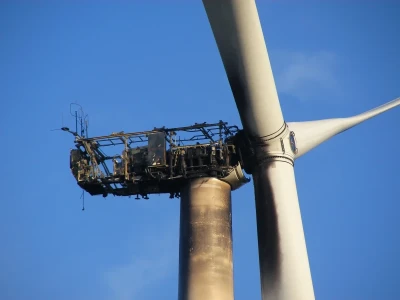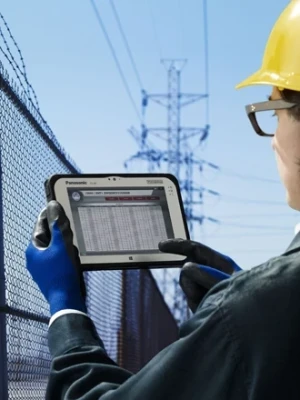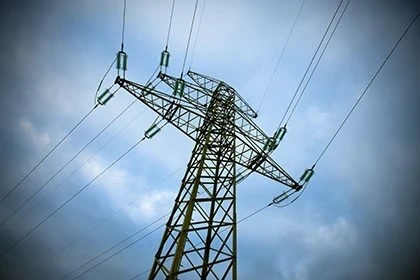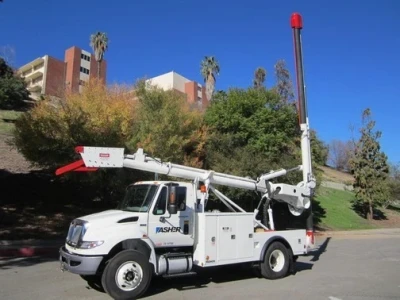Mobile Workforce Using Augmented Reality

Plugging workers into data analytics and information technologies
BY JOHN SIMMINS, Electric Power Research Institute (EPRI)
Collectively, North American electric utilities operate in a unique environment. They need to serve all willing customers; they are in one of the most capital-intensive industries; and their product is consumed immediately. Yet the planning and pricing for that product might have lead times greater than a year, even as utilities suffer from the same rapidly evolving technology challenge that affects many other industries. In particular, for utilities, as assets that are deployed become “smarter”, greater amounts of data need to be managed—data from renewable resources, sensor data, data from smart meters, load management, and provisioning customers with usage data.
No portion of the power grid is changing more significantly and rapidly than the electricity distribution system. Traditional distribution system philosophy has been to maintain acceptable electrical conditions at the lowest possible cost for all customers. Recent distribution operating practice seeks to improve the efficiency and reliability of the distribution system, accommodate a high penetration of distributed energy resources, and maximize utilization of existing distribution assets without compromising safety and established operating constraints. Significant changes to the distribution design and operating practices—often referred to as “grid modernization”—are needed to accommodate these requirements. These changes are affecting utility systems and creating new sources of data—often at unprecedented volumes.









